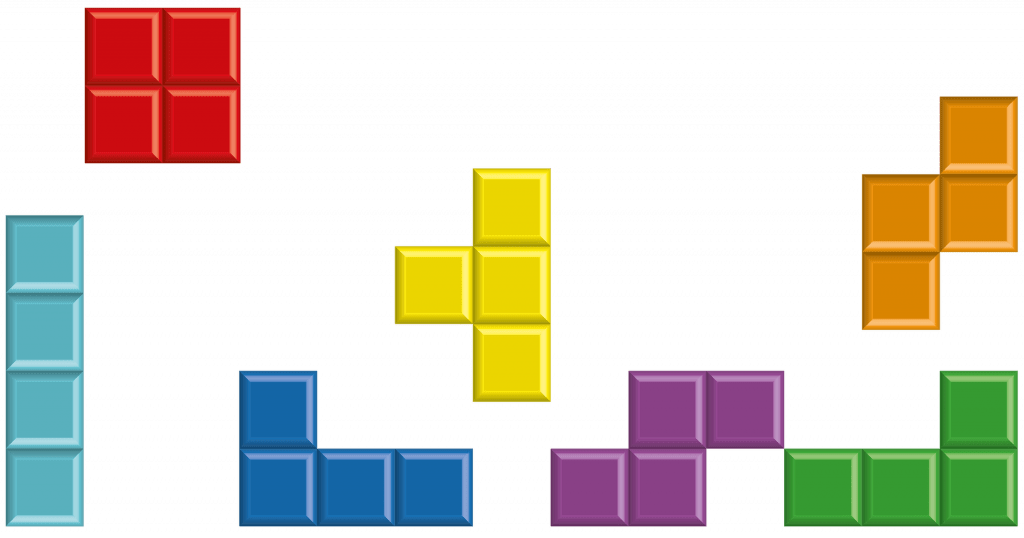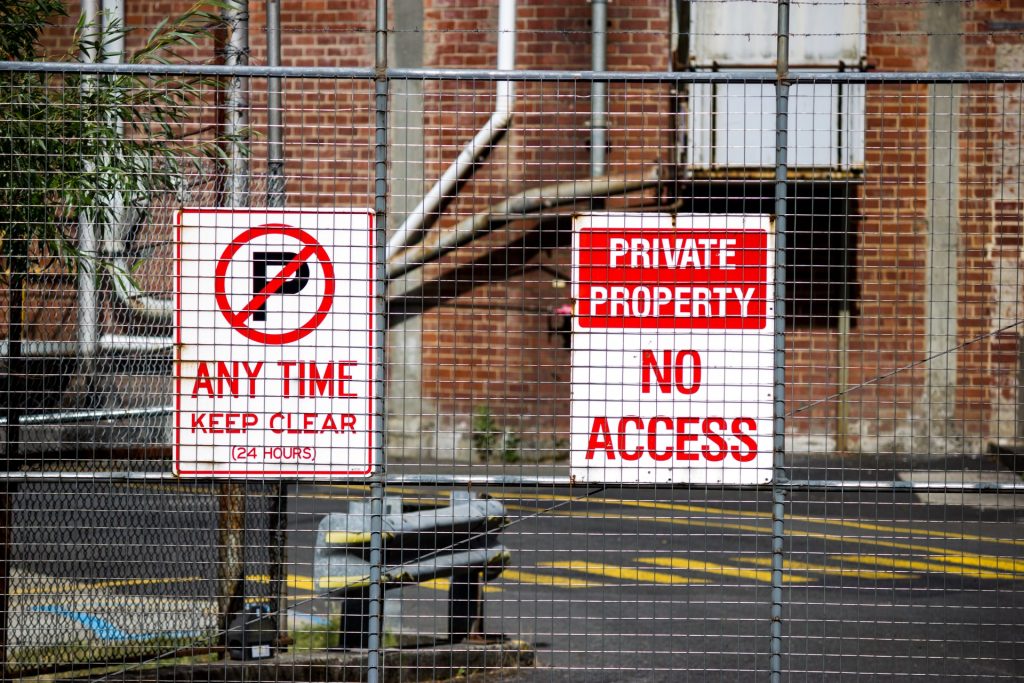All eyes and talk are on cryptocurrencies.
Did you know that cryptocurrencies are a by-product? What does this mean?
This means that while cryptocurrencies are good and you can make money from them, you need to have an idea about the technology that produces cryptocurrencies and how this technology works. This technology is none other than blockchain.
Blockchain. Technology. These words may scare the daylights out of you. Fret not as I will guide you through in plain English.
If you want to have a clearer understanding of cryptocurrency and how it compares with the fiat money system that we are using today, click here.
#1 What Is A Blockchain?

A blockchain must be created for any cryptocurrency to purposefully exist.
Blockchain technology was invented by Satoshi Nakamoto in 2008. It was created as a ledger to record transactions digitally and securely.
A blockchain is made up of data that are grouped together and placed in blocks which are then chained together. Please note that this is a simplified explanation.

Think about online shopping. When you shop online, you select the items you want and place them in a shopping cart. The shopping cart is like a block in the blockchain. It contains the data you have entered.
You click “pay” and the e-commerce companies confirms your order. The e-commerce company emails you a receipt with a serial number.
You check the receipt and place it in a folder with all your other receipts. After which, you sort them according to date. This is akin to chaining blocks of data in chronological order, forming a blockchain. Your folder is the blockchain as it is the database of where you store your receipts in.
The Relationship Between Blockchains And Cryptocurrencies
Have you played the video game Tetris?

Your objective is to get as many points as possible. This is done by stacking the given blocks to fill all the empty space in a line.
When the empty space in a line has been filled by the blocks, that row of blocks disappear and you will be awarded points.
Using the analogy of Tetris, the blocks in Tetris are like the blocks of data in a blockchain. These blocks contain data.
These blocks containing data need to be monitored and validated.
Miners check and monitor the transactions and validity of blocks in the blockchain. Miners keep the blockchain network secure. And just as how you’d get points when you fill the empty gaps in the game, miners get rewarded with the cryptocurrency of the blockchain they work on (such as Ether for Ethereum, ADA for Cardano, Lumens for Stella).
When new information or transaction is sent to a blockchain network, miners work to solve a mathematics puzzle. Miners send their solution to the network’s nodes (which are participating computers) for verification.

There must be other conditions, right? Yes. The conditions differ between the different blockchain networks.
For Bitcoin, the fastest miner to solve the mathematical puzzle gets rewarded.
#2 The 3 Main Types Of Blockchain
Having the basic knowledge of blockchain technology will help you understand and appreciate cryptocurrencies more.
There are 3 main types of blockchain:
#1 Public
#2 Private
#3 Hybrid
Let’s explore them below.
#1 Public or Permission-less blockchain

As the name suggests, all transactions are open to the public for viewing. Anyone can view the following details:
a) Transacted amount
b) Date and time of transaction
c) Transaction hash (which is the ID of a transaction)
d) Date and time of the creation of each block
e) Size of the each block
Public blockchains are usually decentralized. This means that they are stored in many computers in many different geographical locations; not controlled by a single or just a handful of entities.
Examples of public blockchains include Bitcoin (which produces Bitcoin) and Ethereum (which produces Ether).
#2 Private blockchain

All data in the private blockchain is not visible to the public. There is a centralized organization which decides who have access to the blockchain.
Private blockchains are also a form of permissioned blockchains as you’ll need to be granted access.
These are used for the internal workings of companies, research, and more. There is no cryptocurrency awarded as a reward as organizations are motivated to have the integrity of their data preserved and stored in a secure manner.
#3 Hybrid blockchain

Think of this type of blockchain as a hybrid between public and private blockchains.
Hybrid blockchains are a form of permissioned blockchains. You’ll need to have the permission of the developers to access the data that’s stored privately.
Some of the data are stored in a private blockchain network for privacy reasons while some are stored in a public blockchain network for all to view.
Why would there be permissioned blockchains? Each of us have sensitive data about ourselves – our finances, business dealings, health records etc.
This is great for companies in the finance, health, real estate sectors, and more.
Ripple (which produces XRP) uses a permissioned blockchain.
#3 Public vs Private vs Hybrid Blockchain
Let’s compare the different types of blockchain.

Let’s now go into more details in each of the features and characteristics:
a) Who can join?
Anyone can join and view the data stored in a public blockchain. Can you recall the details you can view? Hint: It is shared under the heading “Public or Permission-less Blockchain”.
You’ll need to be granted access by the controlling organization to view details in a private blockchain.
For a hybrid blockchain, some details are available for public viewing. The other details are blocked and require permission by the controlling organization to be viewed.
b) Cryptocurrency as incentive?

Cryptocurrencies need to be generated and awarded as an incentive for miners and nodes (computer) to keep the public blockchain networks secure. These miners and nodes are scattered all over the world to protect the integrity of the data stored in the blockchains.
After all, no one would like to guard any property for free.
Since private blockchains are guarded internally, no incentive is needed.
c) Secure?

Blockchains run on computer codes, so there is a chance of security flaw. Hence the quality of the codes are highly important.
This doesn’t mean that you shouldn’t trust blockchain technology. There are groups of computer coders and technology developers whose work includes coding and the improving the technology.
Since data in public blockchains are stored in many different parts of the world (and thousands or even millions of nodes and miners), it is difficult for hackers to alter the data that’s stored. Hence, public blockchains are the highly secured.
In a private blockchain, the controlling organization determines who and the number of nodes get to secure the network. It could be as few as 2 to as many as several dozen. All hackers need to do is hack into as few as 2 computers to compromise the integrity of the organization’s data.
Security of hybrid blockchains depends on the number of nodes in the network. The higher number of nodes, the more secure the blockchain network is.
d) Data transparency
As you are able to see lots of data in a public blockchain, the details stored in a public blockchain is fully transparent.
You’ll need to be granted permission or access to view the data stored in private blockchains.
e) Transaction speed

Most public blockchains are slow in this aspect.
As private blockchains tend to be smaller, transaction speed is much faster.
f) Useful for
Given that the data stored in public blockchain networks are transparent, a public blockchain is useful for storing vote results and the amount raised from fundraising.
Organizations have business secrets which they’d love to keep, so a private blockchain makes sense to them. Private blockchains can be used to record the results of internal voting results, manage their supply chain, and record the ownership of the assets they have.
Lastly, a hybrid blockchain keeps some data private while displaying some data to the public. Hence, a hybrid blockchain is useful for banks, real estate companies, retail outlets etc.
5 Lessons You’ve Learnt Today
#1 Blockchain is the technology behind cryptocurrency
#2 There are 3 main types of blockchain
#3 How blockchains are secured
#4 The need for cryptocurrencies
#5 The uses for the 3 main types of blockchain
Here’s What You Can Do To Improve Your Trading Right Now
#1 Register for our market outlook webinars by clicking here
#2 Join us in our Facebook Group as we can discuss the various ways of applying this by clicking here
#3 Never miss another market update; get it delivered to you via Telegram by clicking here
#4 Grab a front row seat and discover how you can expand your trading arsenal in our FREE courses (for a limited time only) by clicking here
See you around!

